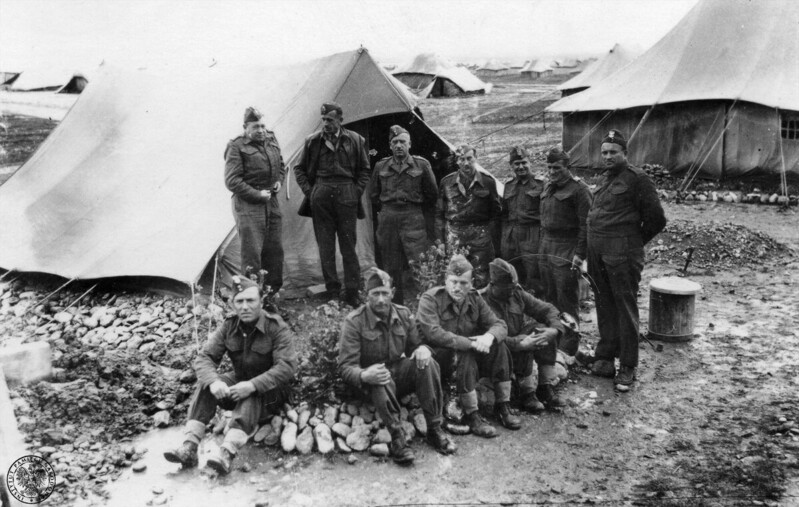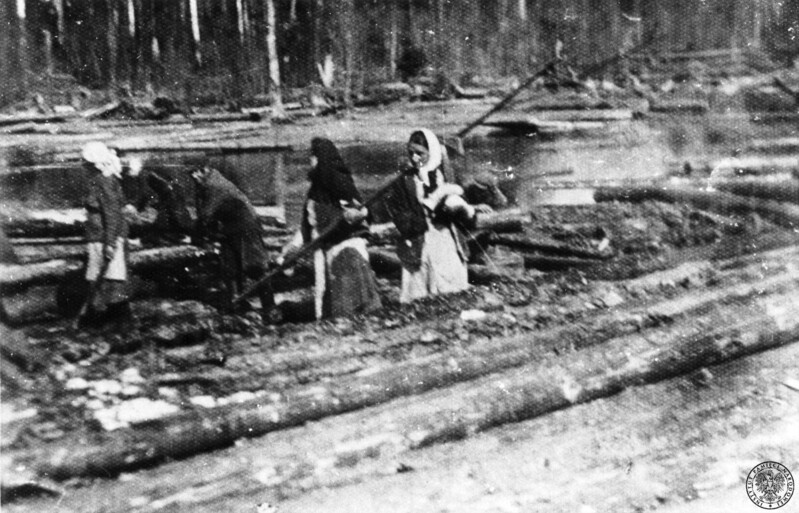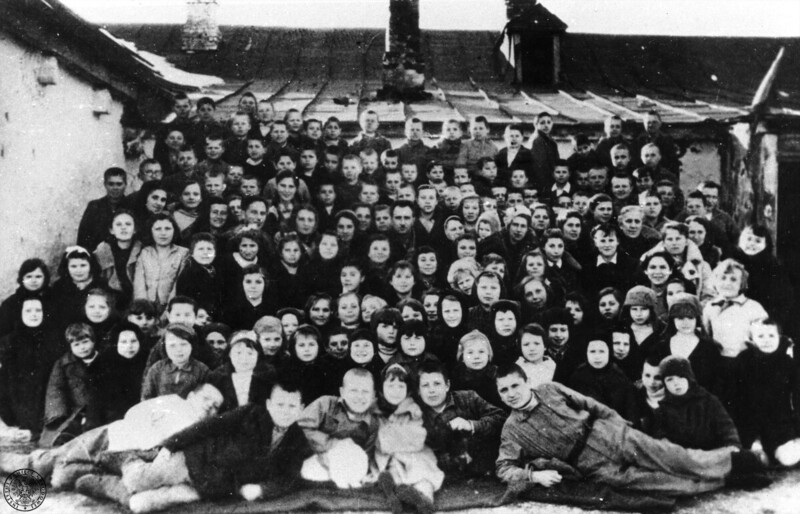The Polish Army departure was agreed on 18 March during a meeting between General Władysław Anders and Joseph Stalin. Officially, the USSR was not able to provide the Polish troops with enough food. In March 1942, 70,000 Polish soldiers received only 26,000 food rations, which were also used by Polish civilians gathered around the centers of Polish Army recruitment in the East. The Polish command was also under pressure from the Soviets. They demanded that the Polish divisions (which were not ready yet) be sent into battle.
In the first phase of evacuation, soldiers for whom the Soviet Union did not supply food were set to leave. Therefore, the divisions leaving for the Middle East were to be supplied, equipped and armed by the British.
There were still about 40,000 soldiers and an undetermined number of civilians left in the Soviet Union. These numbers changed from day to day, with new volunteers, women and children constantly arriving at the centers where the Polish units were being formed. The next phase of evacuations began on 19 August 1942. By 31 August, 45,000 soldiers and 25,000 civilians had left the USSR. Then, by November 1942, another 2,500 people left for the Middle East, including 700 soldiers. In total, about 115,000 people managed to get out of the "inhuman land". However, thousands of Poles were not so fortunate and died from malnutrition and diseases in the places where the Polish units were formed. The number of deceased is estimated at approximately 10,000 soldiers and civilians.
In order to preserve the memory of the dramatic fate of Poles and their ultimate rescue, the Institute of National Remembrance launched the project "The Trails of Hope. The Odyssey of Freedom". Exhibitions and accompanying events will take place in dozens of countries in Asia, Europe, Africa, and both Americas. The project was inaugurated on 18 March 2022 in Warsaw’s Royal Castle. The exhibition is displayed in the courtyard of the Royal Castle and at the Coal Market in Gdansk-Plaza at the Wyżynna Gate.
In connection with the project, the Institute of National Remembrance will publish books and educational materials, prepare a series of concerts, competitions, meetings and academic conferences related to the theme of the project. It is also planned to search for photographs, documents and eye-witness accounts, and to restore forgotten memorial sites — plaques, monuments and cemeteries scattered around the world.


